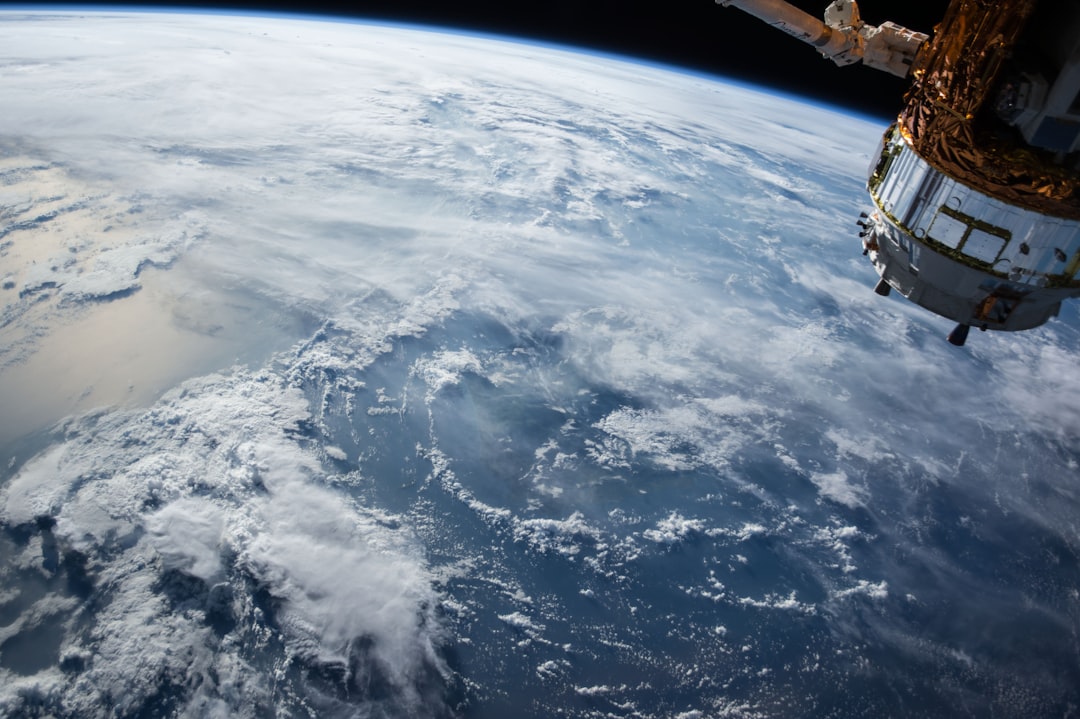Ecology is the study of the relationships between living organisms and their physical environment. It explores how life is intertwined with the land, water, and atmosphere that support it—and how every organism plays a role in this grand tapestry. In this blog post, we’ll introduce you to the key concepts and branches of ecology, revealing the beauty and complexity of life on Earth.
The Essence of Ecology
At its core, ecology examines interactions. These interactions can be as straightforward as the predator-prey relationship or as complex as nutrient cycling in an ecosystem. Here are some fundamental ideas that define the field:
-
Interconnectedness: No organism lives in isolation. From the smallest bacteria to the largest mammals, every species is linked through food webs, energy flows, and shared habitats.
-
Ecosystems: An ecosystem is a community of living organisms interacting with non-living elements like water, soil, and air. Ecosystems can be as large as a forest or as small as a puddle.
-
Biotic and Abiotic Factors: Biotic factors include all living elements (plants, animals, bacteria) while abiotic factors cover non-living components (temperature, sunlight, water) that influence life.
Key Concepts in Ecology
Understanding ecology begins with grasping a few central concepts:
1. Energy Flow
Every ecosystem is powered by the sun. Plants capture solar energy through photosynthesis, and this energy is then transferred up the food chain—from herbivores to carnivores and beyond. The study of energy flow helps us understand how ecosystems maintain balance and why certain species thrive while others struggle.
2. Nutrient Cycling
Nutrients such as carbon, nitrogen, and phosphorus move through ecosystems in cycles. This cycling is crucial for life; it ensures that essential elements are reused and recycled within ecosystems, contributing to soil fertility, plant growth, and overall ecosystem health.
3. Population Dynamics
Population ecology focuses on the size, structure, and changes in populations over time. It addresses questions such as:
-
How do populations grow?
-
What factors limit population size?
-
How do interactions like competition and predation shape communities?
4. Community Interactions
Community ecology studies how different species interact within an ecosystem. These interactions—such as mutualism (where both species benefit), commensalism (one benefits without affecting the other), and competition—shape the structure and function of communities.
Branches of Ecology
Ecology is a broad field with several branches, each focusing on different aspects of the natural world:
Ecosystem Ecology
This branch examines the flow of energy and matter through ecosystems. It looks at how organisms, climate, and geography interact to create dynamic systems that can change over time.
Population Ecology
Population ecologists focus on the dynamics of species populations and how environmental factors like food availability, disease, and predation affect these groups.
Community Ecology
Community ecology investigates how species interact within communities. This branch delves into biodiversity, species composition, and the intricate relationships that allow ecosystems to function.
Landscape Ecology
Landscape ecologists study the patterns and interactions between ecosystems over large spatial scales. This branch considers how human activities, such as urban development and agriculture, influence the natural landscape.
Global Ecology
Global ecology looks at the Earth as a whole, analyzing large-scale processes like climate change, global nutrient cycles, and the effects of human activities on the planet’s biosphere.
Why Ecology Matters
Understanding ecology is more than an academic exercise—it’s essential for addressing many of the challenges facing our world today. By studying the intricate connections within ecosystems, scientists and policymakers can better understand the impacts of climate change, habitat destruction, and pollution. This knowledge is vital for conservation efforts, sustainable resource management, and ensuring that life on Earth continues to thrive.
Ecology teaches us that every action has consequences. The loss of a single species, the alteration of a natural habitat, or the disruption of nutrient cycles can ripple through an ecosystem, affecting countless other organisms. In an increasingly interconnected world, a deeper understanding of ecological principles is crucial for building a sustainable future.
Conclusion
Ecology opens our eyes to the interdependence of life on Earth. From the microscopic interactions between bacteria and plants to the grand scale of global climate systems, every piece of the natural world plays a role in the complex web of life. As we continue to study and appreciate these relationships, we are reminded of our responsibility to protect and preserve the delicate balance that sustains us all.
Understanding ecology is not just about learning science—it’s about recognizing that we are all part of a vast, interconnected community. By fostering this awareness, we can work together to create a healthier, more sustainable world for future generations.
Feel free to share your thoughts or ask any questions about ecology in the comments below. Let’s explore the interconnectedness of life together!

Comments
No comments yet. Be the first to comment!
You must be logged in to comment. Login